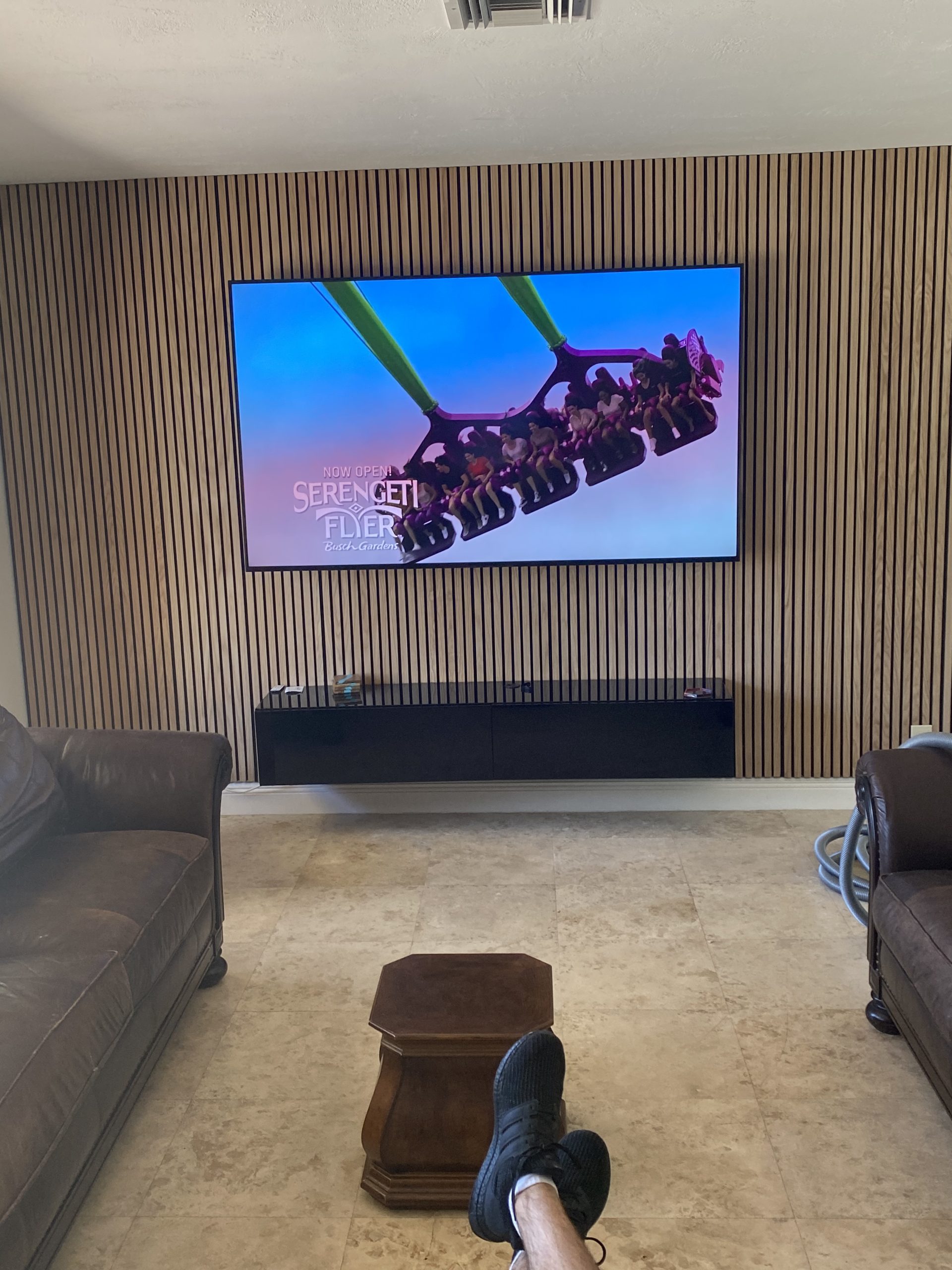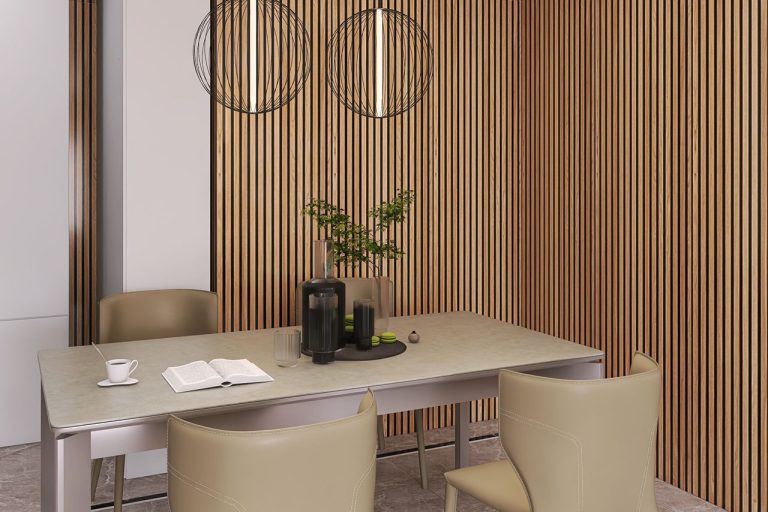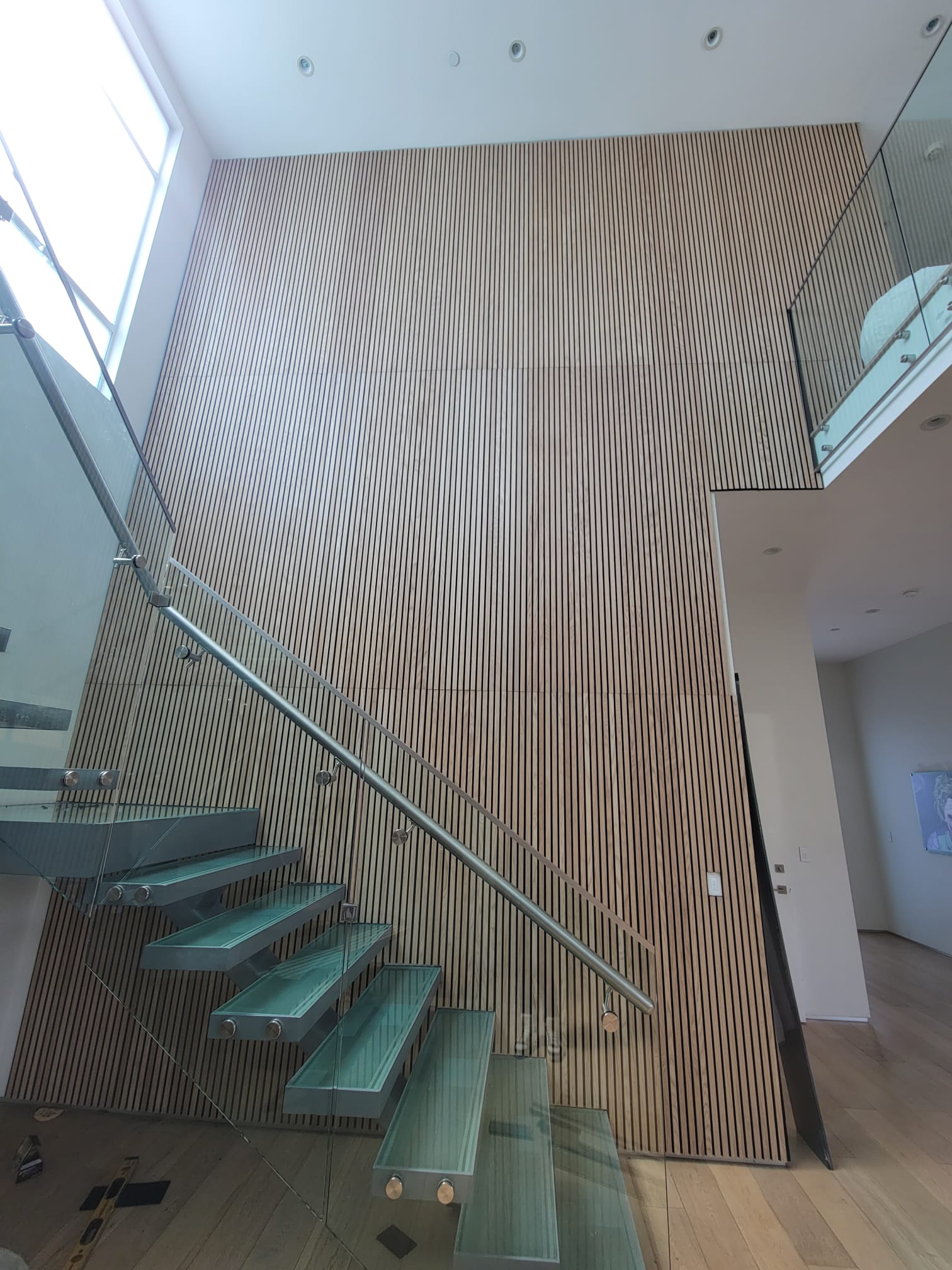Making Moves Easy: Simplifying Your Transition from Florida to Ohio
Moving from Florida to Ohio is a significant life change. It comes with many challenges and adjustments. The different climate, new surroundings, and long distance make it feel quite challenging. But with the right plan and resources, your move can be much easier and less stressful. Whether you are relocating for work, family, or a fresh start, organizing well will help you manage the process smoothly.
Long-distance moves demand more preparation than local ones. Handling all the details—from packing and hiring movers to adjusting to a new home—takes time. However, breaking down your move into manageable steps will help you stay on track. This guide offers practical advice to simplify your move from Florida to Ohio.
Start With a Solid Moving Plan
Every successful move starts with good planning. Set a firm moving date first. This anchors your schedule and makes it easier to arrange everything else.
Next, create a detailed moving checklist. Divide your tasks week by week. This should include:
- Researching and booking a trusted moving company
- Sorting through your belongings to decide what to keep or donate
- Buying or gathering packing materials
- Beginning to pack items you don’t use every day
- Notifying your utility companies and scheduling service disconnections
- Changing your address with USPS, banks, and other important contacts
- Arranging care for pets or children on moving day
A clear plan keeps you organized and prevents last-minute rushing. Review your checklist often and mark tasks as complete.
Choosing the Right Moving Company
Finding a reliable moving company is crucial, especially for a long-distance move, such as from Florida to Ohio. Look for movers who have experience with interstate relocations. Read customer reviews on websites and social media to find reputable options.
Ask for detailed quotes from at least three moving companies. Compare their services, costs, and insurance policies. Full-service movers can pack, load, transport, and unload your belongings. This convenience comes at a higher price but reduces your workload. If you want to save money, you can pack yourself and hire transportation.
Make sure you communicate clearly with your movers. Confirm the moving date, pricing, what is included, and any extra fees. Getting everything in writing helps avoid surprises on a moving day.
Smart Packing Strategies for a Smooth Move
Packing well is crucial for a successful move. Start early, especially with items you don’t use daily, like seasonal clothes and decorations.
Use sturdy boxes and quality packing materials such as bubble wrap, packing paper, and tape. Label each box with the room it belongs to and its contents. This will speed up unpacking in your new Ohio home.
Wrap fragile items carefully. Fill empty spaces in boxes with crumpled paper or packing peanuts to prevent shifting. Avoid overpacking boxes to reduce the risk of damage.
Keep important documents, valuables, and small electronics with you rather than packing them in the moving truck.
Organizing Moving Day
Moving day can be hectic. Use these tips to stay calm and organized:
- Confirm the movers’ arrival time the day before
- Pack a “moving day essentials” bag with snacks, water, phone chargers, medications, and important documents
- Keep children and pets safe and away from heavy moving activity
- Please take photos of your valuable items before the movers load them
- Do a final walkthrough to ensure nothing is left behind
These simple steps help reduce stress and ensure everything goes as planned.
Settling Into Your New Ohio Home
Once you arrive in Ohio, focus on unpacking essentials first. Set up your kitchen, bedroom, and bathroom to make your new home comfortable quickly.
Update your address with banks, insurance companies, and the post office. Transfer your driver’s license and vehicle registration to Ohio within the state’s required timeline.
Get to know your new neighborhood. Locate nearby grocery stores, pharmacies, schools, and medical providers. Adjusting to a new environment takes time, so be patient as you settle in.
Budgeting Your Move from Florida to Ohio
Moving can be expensive, so budgeting is essential. Key costs to consider include:
- Moving company fees
- Packing supplies such as boxes and tape
- Travel costs if you drive yourself
- Utility deposits and connection fees at your new home
- Vehicle registration and driver’s license fees in Ohio
Request detailed estimates from movers to avoid surprises. Track your spending throughout the process.
Preparing for Ohio’s Climate and Lifestyle
Florida and Ohio have very different climates. Florida’s weather is warm and humid year-round, while Ohio experiences four distinct seasons, including cold winters with snow.
Before moving, prepare your wardrobe for Ohio’s winter. Invest in quality coats, boots, and warm clothing. Your home will also need proper heating and insulation to stay comfortable during colder months.
Plan outdoor activities and social engagements to meet people and learn about your new community. Ohio offers many opportunities for hiking, festivals, and sports that you might enjoy.
List: Essential Tasks for Moving from Florida to Ohio
- Set your moving date and create a detailed timeline
- Research and hire a reputable moving company with interstate experience
- Sort and declutter your belongings before packing
- Purchase packing supplies and start packing early
- Notify utility companies about your move and schedule service transfers
- Update your address with USPS, banks, insurance providers, and subscriptions
- Pack a moving essentials bag for the day of the move
- Photograph valuable or fragile items before loading
- Transfer medical records and find healthcare providers in Ohio
- Register your vehicle and update your driver’s license promptly
- Explore and familiarize yourself with your new Ohio community
- Prepare your wardrobe and home for Ohio’s seasonal weather
Frequently Asked Questions (FAQs)
Q: How long does moving from Florida to Ohio typically take?
A: Driving usually takes 12 to 16 hours, depending on your exact start and end points. Professional movers may take several days due to scheduling and transit time.
Q: When should I book a moving company?
A: It’s best to book movers 6 to 8 weeks in advance to secure your preferred moving date and pricing.
Q: Should I drive my car or ship it?
A: Driving can save money but requires time and effort. Shipping is more convenient and less stressful, especially for multiple vehicles.
Q: What utilities should I notify before moving?
A: Notify electricity, water, gas, internet, and cable providers about your move. Arrange disconnection at your Florida home and set up in Ohio before arrival.
Q: Are there tax differences moving from Florida to Ohio?
A: Ohio has a state income tax, while Florida does not. Understanding these differences will enable you to manage your finances more effectively.
Moving from Florida to Ohio is a significant undertaking, but it can be manageable with good planning and the right resources. Booking trustworthy movers, packing carefully, and budgeting well will make your transition smoother. Use this guide to stay organized and prepared for your exciting new chapter in Ohio.
Buzzmoving partners with trusted movers nationwide to provide smooth and reliable moving solutions. Get your free quote today and let Buzzmoving simplify your entire move.






